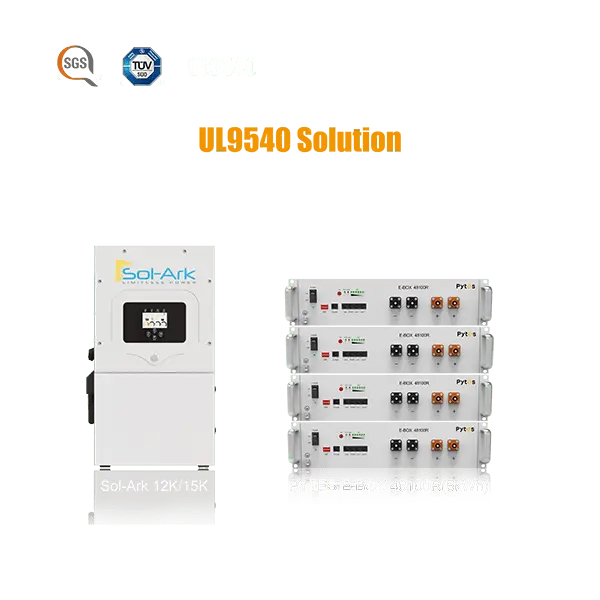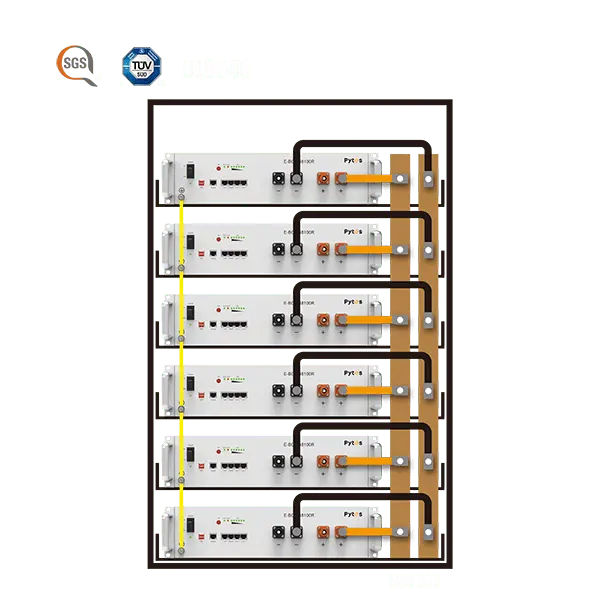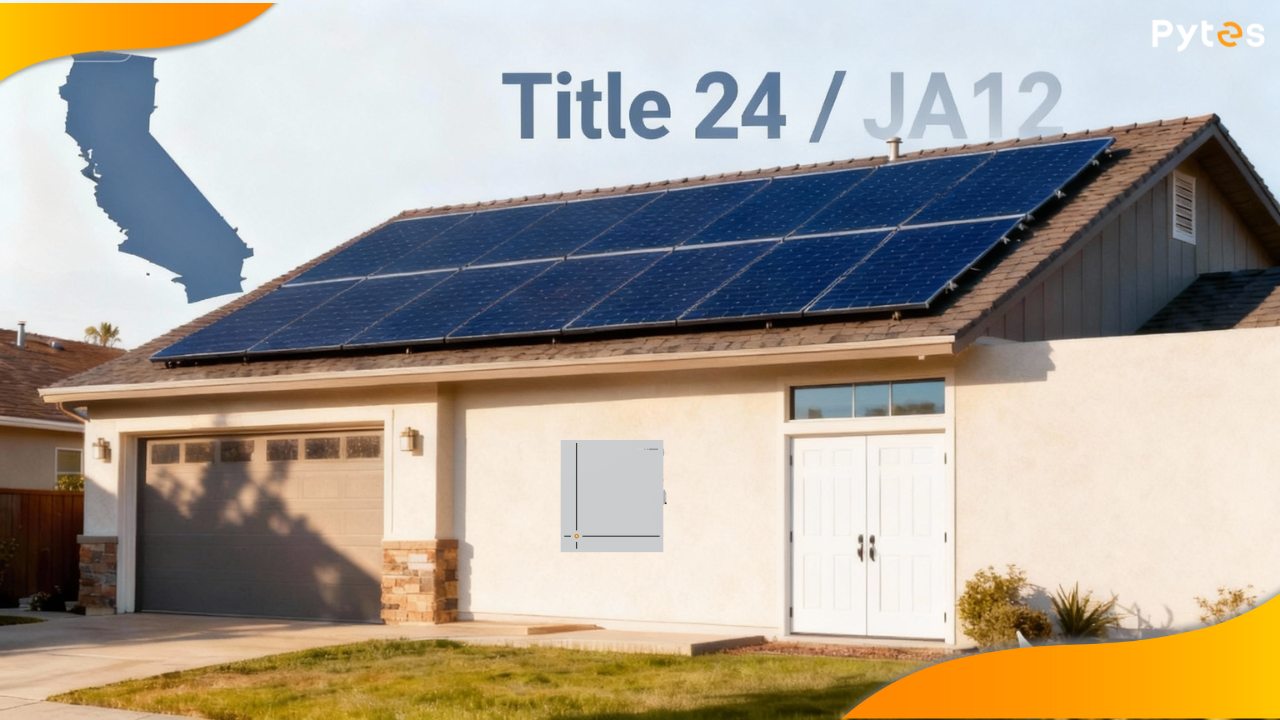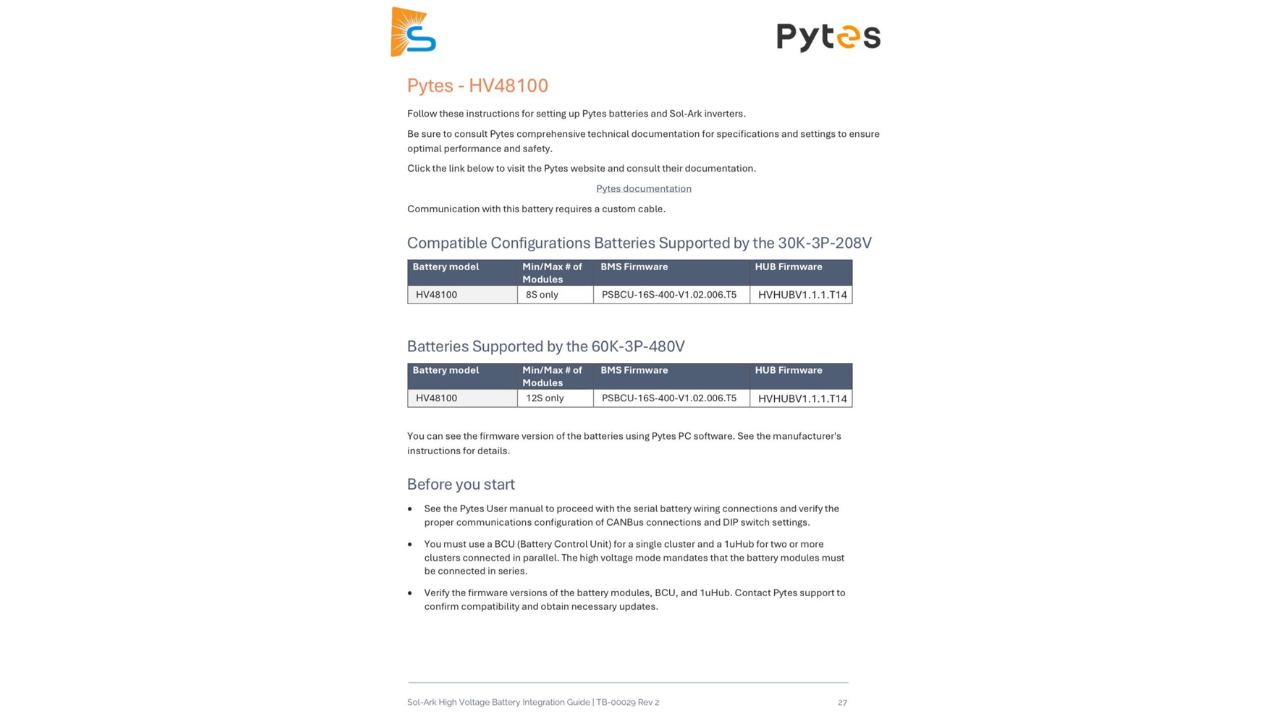With global energy prices fluctuating and increasing interest in renewable power, solar battery storage systems are becoming a practical investment for both homes and businesses. Solar battery storage systems store surplus energy produced by solar panels, allowing users to utilize clean power even when the sun isn’t shining. But before making a purchase, many people want to know: how much does a solar battery storage system cost—and what makes a good one? The answer depends on a variety of factors. This article will introduce you to the main cost components of a solar cell system and introduce a leading solution - the Pytes E-Box 48100R.
A solar battery stores excess energy generated during the day, allowing you to use clean power even when the sun isn't shining—such as during the night, cloudy days, or power outages. With the integration of a battery system, users can:
1. Reduce electricity bills by storing and consuming their own energy
2. Avoid peak-hour energy rates through time-of-use shifting
3. Gain independence from unstable power grids
4. Ensure backup during emergencies or blackouts
5. Reduce reliance on fossil fuels

Developed by Pytes, a renowned manufacturer of renewable energy storage solutions, the E-Box 48100R is a highly adaptable solar battery system built with 48V LiFePO₄ battery cells and designed to integrate seamlessly with most of today’s top inverter brands.
Broad Inverter Compatibility: One of the standout features is its ability to work with major inverter brands—including Sol-Ark, Victron, Growatt, and others—allowing for smooth system upgrades without replacing existing hardware.
Flexible Mounting Options: This model supports wall-mounted, floor-standing, and rack-mounted installation using specialized brackets like the R-BOX-B, R-BOX-IP64, and R-BOX-OC(IV).
Compact Form Factor: It’s thinner than most 5kWh rack batteries, making it an excellent fit even in limited space.
What sets this battery apart from many others in the market?
1. Long Cycle Life
The E-Box 48100R is engineered for durability and longevity, delivering over 6,000 charge/discharge cycles at 90% Depth of Discharge (DOD) with 80% capacity retention at 25°C. This means it can operate reliably for more than 10 years under typical use.
2. Enhanced Safety
Using Lithium Iron Phosphate chemistry, the battery offers enhanced thermal and chemical stability compared to other lithium-ion chemistries. This reduces the risk of overheating or combustion.
3. Sustainable Energy Management
By storing excess solar energy, the battery helps users significantly reduce their reliance on traditional power grids and fossil fuels—paving the way toward lower energy bills and a greener lifestyle.
Thanks to its modular and intelligent design, the Pytes E-Box 48100R suits a wide variety of applications:
1. Off-Grid Installations
Perfect for remote locations or areas prone to power outages, the battery ensures stable energy supply even when the grid is unavailable.
2. Peak Load Management
The system supports peak shaving, time-of-use optimization, and demand response, allowing users to cut costs by avoiding high electricity rates.
3. Virtual Power Plant Integration
With the rise of distributed energy networks, the Pytes E-Box can serve as a building block in virtual power plant (VPP) projects—balancing supply and demand at a community or utility scale.

The total cost of a solar battery system depends on several components:
1. Battery Unit
The core cost is in the battery. A single battery typically retails for between $2,400 and $2,800, depending on location and dealer, and you can consult Pytes here.
2. Inverter
If you're installing a hybrid system or converting from an existing setup, a compatible hybrid inverter might cost $1,500 to $2,500. This enables both solar and battery management.
3. Installation & Labor
Installation charges vary depending on the system size, local labor rates, and site complexity. Expect around $1,500 to $3,000 for most residential installations.
4. Additional Equipment
Other costs may include:
Battery enclosures or racks: $300–$800
Circuit breakers and protection devices: $200–$500
Monitoring and software: $300–$600
5. Taxes, Shipping, and Permits
Depending on your region, sales tax, shipping charges, and permitting costs may add another 10–15% to your total budget.
Here is a rough estimated cost breakdown for a single 4.8kWh unit system:
Component | Estimated Price (USD) |
Battery | $2,400 – $2,800 |
Hybrid Inverter | $1,500 – $2,500 |
Installation & Accessories | $1,500 – $3,000 |
Monitoring & Control Systems | $300 – $600 |
Total (Typical System) | $6,000 – $9,000 |
1. Energy Requirements: More energy means more battery modules
2. Usage Type: Grid-tied, off-grid, backup-only, or VPP-ready setups affect component choices
3. Location: Regional labor, tax, and shipping costs vary widely
4. Subsidies & Incentives: Some countries or regions offer rebates, tax credits, or feed-in tariffs that can reduce net costs

A well-designed solar-plus-storage system can pay for itself within 6–10 years through:
1. Utility bill savings
2. Reduced demand charges
3. Incentives and rebates
4. Emergency backup that protects from losses during outages
Plus, homes with solar battery storage tend to command higher resale values.
The cost of a solar battery energy storage system is not fixed, it depends on your specific energy goals, budget and environment. However, a system like the Pytes E-Box 48100R provides you with reliable energy storage with its durability, flexibility and performance. Whether you are pursuing energy independence, sustainability or backup power protection, the E-Box 48100R is worth your consideration.
If you are considering solar battery energy storage, you are welcome to contact Pytes, we will provide you with a cost-effective and reliable solution.
E-mail: pytesusa@pytesgroup.com
Solar Battery Storage System Costs in 2025: A Buyer's Guide


